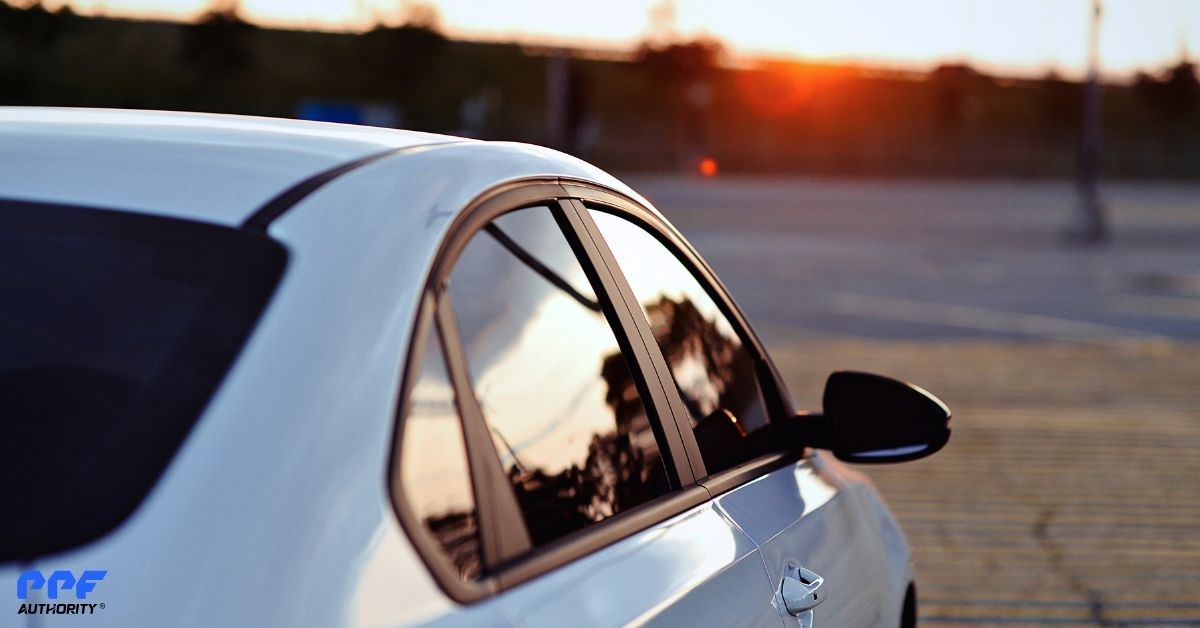Windshield protection film is a practical solution for safeguarding your vehicle’s windshield from chips, cracks, and scratches while maintaining clarity and visibility. However, like any modification to your vehicle, the use of windshield protection film must comply with legal regulations to ensure road safety and avoid fines.
In this article, we’ll explore the legal aspects of windshield protection film, how modifications to windshields impact its legality, and what you should consider to stay compliant with the law.
Is Windshield Protection Film Legal?
Yes, windshield protection film is legal in many jurisdictions, but there are specific conditions and regulations that must be met. These laws are typically focused on maintaining visibility, ensuring safety, and preventing alterations that could compromise the effectiveness of the windshield.
Key Legal Considerations
1. Optical Clarity
- Windshield protection film must be transparent and free of distortions to ensure the driver has an unobstructed view of the road.
- Films that create a cloudy or tinted appearance may violate visibility laws.
2. Light Transmission Standards
- Many regions have minimum standards for Visible Light Transmission (VLT), which refers to the amount of light that can pass through the windshield and any applied films.
- Films must not reduce the VLT below the required percentage, which is often 70% or higher for windshields.
3. Regulatory Compliance
Some jurisdictions require windshield protection films to meet specific safety certifications, such as DOT (Department of Transportation) or ECE (Economic Commission for Europe) standards.
4. ADAS Compatibility
For vehicles equipped with Advanced Driver Assistance Systems (ADAS), any modification to the windshield, including the application of protection film, must not interfere with the functionality of cameras, sensors, or heads-up displays.
How Windshield Modifications Impact Legality
While windshield protection film is generally acceptable when applied properly, other windshield modifications can affect its legality.
1. Tinted Windshield Films
- Potential Issues: Tinted films that darken the windshield beyond legal limits can reduce visibility and may result in fines.
- Regulations: Most jurisdictions only allow minimal tinting on the windshield, typically limited to a small strip along the top (e.g., a sun visor strip).
- Tip: If you’re considering combining protection film with tint, consult local laws to ensure compliance.
2. Aftermarket Repairs or Replacements
- Replacing or repairing a windshield may affect the legality of applying protection film.
- ADAS Recalibration: If your vehicle has ADAS, the sensors and cameras may require recalibration after the film is applied or the windshield is replaced.
- Glass Certifications: Replacement windshields must meet safety standards, and the addition of protection film should not compromise these certifications.
3. Colored or Patterned Films
- Some aftermarket films include decorative patterns or colors, which are typically not allowed on windshields.
- Legality: These modifications can obstruct visibility and are generally prohibited for use on any part of the windshield.
4. DIY vs. Professional Installation
- DIY Applications: Poorly installed films with bubbles, creases, or uneven edges can obstruct the driver’s view and may be deemed unsafe.
- Professional Installation: Ensures compliance with legal standards and a flawless, distortion-free finish.
Regional Variations in Laws
The legality of windshield protection film varies by country, state, or province. Here are some examples:
United States
- Federal Laws: The DOT requires all windshields to meet minimum light transmission standards (often 70% or higher).
- State Laws: Each state has specific regulations regarding windshield modifications, including films, tints, and repairs.
- California: Only clear, non-reflective films are allowed on windshields.
- Florida: Allows non-reflective tint on the top 6 inches of the windshield.
Canada
- Most provinces, such as Ontario and British Columbia, prohibit any modification that reduces visibility through the windshield.
- Some regions allow minimal tinting or protective films, as long as they do not distort light transmission or visibility.
European Union
- Windshield modifications must comply with ECE R43, which regulates light transmission and optical clarity.
- Most EU countries require at least 75% VLT for the windshield, ensuring minimal impact on visibility.
How to Stay Compliant When Using Windshield Protection Film
1. Choose Certified Products
- Select films that meet DOT, ECE, or other relevant safety standards.
- Look for products with high VLT ratings (70% or higher) to ensure compliance with visibility laws.
2. Work with Professional Installers
- Professional installers are familiar with local regulations and ensure the film is applied correctly.
- They can recommend the best products that balance protection, clarity, and legal compliance.
3. Avoid Decorative or Tinted Films on the Windshield
Stick to clear protective films that do not alter the windshield’s appearance or reduce visibility.
4. Check Local Laws Before Installation
Consult your local Department of Motor Vehicles (DMV) or transportation authority to understand the specific regulations in your area.
5. Ensure ADAS Compatibility
If your vehicle has ADAS, confirm that the protection film will not interfere with the system’s functionality. Professional installers can verify compatibility.
Consequences of Non-Compliance
Using windshield protection film that does not meet legal standards can result in:
- Fines or Penalties: Law enforcement may issue citations for non-compliant modifications.
- Inspection Failures: Your vehicle may fail safety inspections, requiring removal of the film.
- Insurance Issues: Non-compliance could affect insurance claims, particularly if the film is deemed to have contributed to an accident.
Conclusion
Windshield protection film offers numerous benefits, including enhanced durability, scratch resistance, and impact protection. However, it’s essential to ensure the film complies with legal standards to avoid fines, inspection failures, or safety risks.
By choosing certified products, working with professional installers, and adhering to local regulations, you can enjoy the benefits of windshield protection film without compromising legality or safety. Always prioritize visibility and compliance when making any modifications to your vehicle’s windshield.
